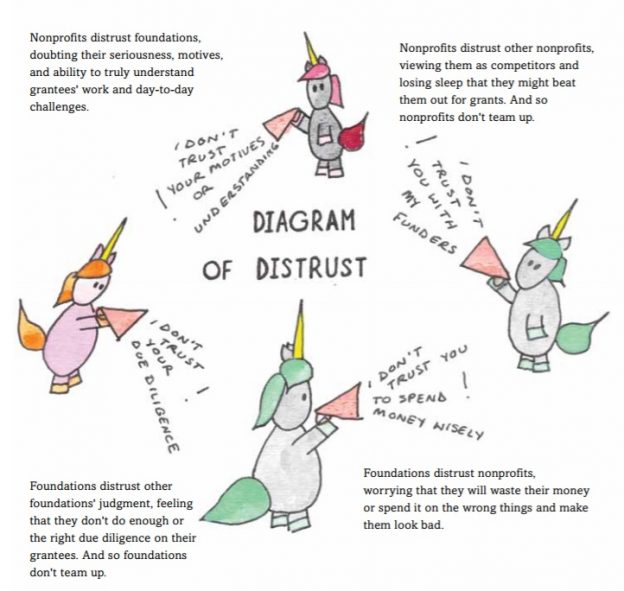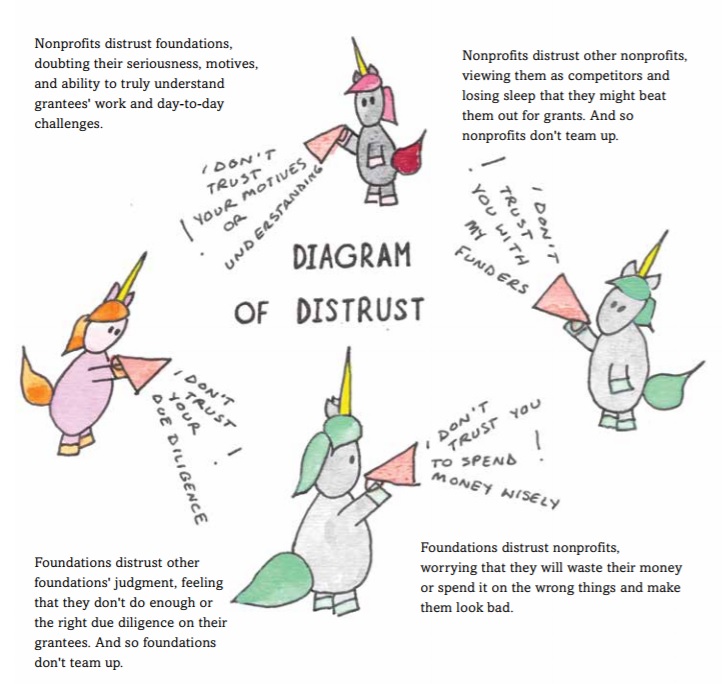
An executive director colleague told me he received $1,000 from a corporation for his organization’s emergency funds to help people pay for food and rent. Of course, he thanked the representative on the phone and sent a letter. A few days later, he got an email asking whether the nonprofit would mind publicly acknowledging the corporation and its $1K gift on some combination of social media, website, and newsletter. I could hear the weariness in his voice. He and his team had been working nonstop on the front line and barely had time to breathe. “I kind of wanted to be petty and just return the money. But I can’t, because people are starving.”
If there’s one thing that’s been beaten into all of us in the sector, it is the concept of gratitude. Donors and funders should definitely be thanked, preferably throughout the year and in multiple forms: Handwritten note, phone calls, recognition events, maybe a swag mug. It should be as personal as possible so as to not seem routine. “You can never thank someone too much,” a development director colleague told me.
Continue reading “Is there such a thing as too much gratitude? Yes, and it’s been harmful to our work”





